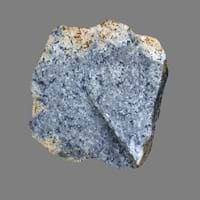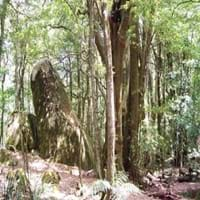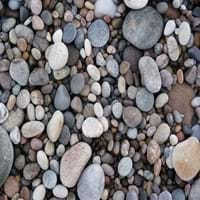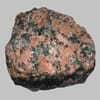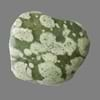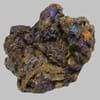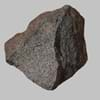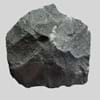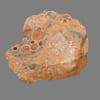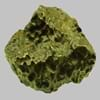Shonkinite is a rare, dark-coloured and intrusive igneous rock which contains augite and orthoclase feldspar as its primary constituents 0
From the name of Shonkin Sag ranges in the Highwood Mountains of north-central Montana, US 0
Durable Rock, Medium Hardness Rock 0
Coarse Grained Rock, Fine Grained Rock, Medium Grained Rock, Opaque Rock 0
Brown, Buff, Cream, Green, Grey, Pink, White 0
Decorative Aggregates, Flooring, Homes, Interior Decoration 0
As Building Stone, As Facing Stone, Garden Decoration, Paving Stone 0
As Dimension Stone, Cement Manufacture, Construction Aggregate, for Road Aggregate, Landscaping, Making natural cement, Manufacture of Magnesium and Dolomite Refractories 0
Artifacts, Monuments, Sculpture 0
Cemetery Markers, Creating Artwork 0
Available in Lots of Colors and Patterns, Is one of the oldest rock, Matrix variable 0
Archaeological Significance
0
Shonkinites are formed due to alkaline igneous activities and are generally formed in thick continental crustal areas or in Cordilleran subduction zones. 0
Amphibole, Biotite, Feldspar, Hornblade, Micas, Muscovite or Illite, Plagioclase, Pyroxene, Quartz 0
Aluminium Oxide, CaO, Iron(III) Oxide, FeO, Potassium Oxide, MgO, MnO, Sodium Oxide, Phosphorus Pentoxide, Silicon Dioxide, Titanium Dioxide 0
Burial Metamorphism, Cataclastic Metamorphism, Contact Metamorphism, Hydrothermal Metamorphism, Impact Metamorphism, Regional Metamorphism 0
Biological Weathering, Chemical Weathering, Mechanical Weathering 0
Chemical Erosion, Coastal Erosion, Sea Erosion, Water Erosion 0
Medium to Fine Coarse Grained 0
Heat Resistant, Impact Resistant, Wear Resistant 0
Deposits in Eastern Continents
0
China, India, Iran, Saudi Arabia, Sri Lanka, Taiwan, Thailand, Turkey, Vietnam 0
Angola, Egypt, Madagascar, Namibia, Nigeria, South Africa 0
Bulgaria, England, Germany, Norway, Romania, Switzerland 0
Deposits in Western Continents
0
Deposits in Oceania Continent
0
New Zealand, Queensland, South Australia, Western Australia 0
Learn more about Properties of Shonkinite
What is Shonkinite? In this section, we will learn more about properties of Shonkinite i.e. physical and thermal properties. Physical properties of Shonkinite include Color, Streak, Hardness, Structure, Cleavage, Fracture, Luster, Specific Gravity etc. The strength of Shonkinite is 150.00 N/mm2. Streak of Shonkinite is white while its cleavage is perfect. Luster of Shonkinite is subvitreous to dull and its fracture is not available. Shonkinite is opaque in nature. Know all about Shonkinite, What is Shonkinite, its composition, features, facts and reserves in next sections.
Know about Composition of Shonkinite
What is Shonkinite composed of? Get to know about composition of Shonkinite here. Shonkinite definition gives information about the Formation of Shonkinite and its composition.The composition of Shonkinite can be further divided into mineral and compound content. The mineral content of Shonkinite rock includes Amphibole, Biotite, Feldspar, Hornblade, Micas, Muscovite or Illite, Plagioclase, Pyroxene, Quartz and The compound content of Shonkinite rock includes Aluminium Oxide, CaO, Iron(III) Oxide, FeO, Potassium Oxide, MgO, MnO, Sodium Oxide, Phosphorus Pentoxide, Silicon Dioxide, Titanium Dioxide. Almost all rocks undergo transformation process. Know all about Shonkinite rock in next section.
